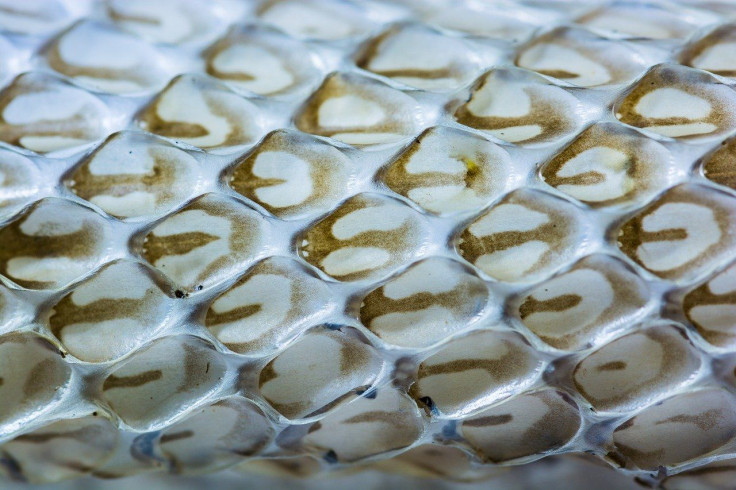New Snake Species Discovered, Thanks To Instagram Photo
KEY POINTS
- One of the researchers first spotted the snake in an Instagram photo
- It looked like a Common Kuri snake but had some unique features
- Analysis confirmed it to be a previously unknown species
A team of researchers has identified a snake species that wasn't previously known to science, and it all started with a photo spotted on Instagram.
Just like most people in the world during the COVID-19 pandemic, Virendar K. Bhardwaj, a graduate student at Guru Nanak Dev University in India, had to stay home during the lockdown. During this time, he began exploring the backyard of his home in Chamba, a town in the state of Himachal Pradesh, and posting photos of the wildlife he encountered, Pensoft noted in a blog.
He shared a photo of a kukri snake on Instagram on June 5, 2020. Though it looked quite like the Common Kukri Snake (Oligodon arnensis), Zeeshan A. Mirza, who eventually became the first author of the paper, noticed some unique features when he saw the snake's picture on his feed.
The researchers contacted Virendar and he eventually found two snakes of the species. Although there were some delays because of the pandemic, once the laboratories re-opened, the researchers were able to study the DNA of the specimens and confirmed that they really were different from the Common Kukri snake. Further analysis revealed that the snakes in question, indeed, represented a new species, Pensoft noted.
"The discovery of the species would not have been possible without Instagram (Facebook, Inc.) where the first author (ZAM) came across image of the new species," the researchers wrote.
🐍Curious to know how the #COVID19 lockdown & a photo on #Instagram led to the discovery of this kukri #snake described as a #NewSpecies in the @EvolSystematics journal?
— Pensoft (@Pensoft) December 1, 2021
👉Hop on our blog for your answer: https://t.co/ddmNubVhpg #Herpetology #Biodiversity #Herps @InstagramComms pic.twitter.com/ZriPQFeatZ
The researchers named the species the Oligodon churahensis and suggested the common name of "Churah Valley Kukri," after the Churah Valley in Himachal Pradesh, where it was discovered. Based on morphological and molecular data, the new species is related to the Oligodon arnesis, although it has quite a few differences, the researchers noted.
"Discovery of the new species is not surprising, as the Western Himalayas has been poorly explored in terms of its herpetofaunal diversity," the researchers wrote, calling the herpetofaunal diversity of the region "grossly underestimated."
Mirza also noted how "interesting" it was that the simple act of exploring the backyard led to the discovery of a new species, and how Instagram aided the discovery.
"It is quite interesting to see how an image on Instagram led to the discovery of such a pretty snake that, until very recently, remained hidden to the world," Mirza said as per Pensoft.
"Lately, people have been eager to travel to remote biodiversity hotspots to find new or rare species, but if one looks in their own backyard, they may end up finding a new species right there," he added.
The paper describing the new species has been published in the journal Evolutionary Systematics.

© Copyright IBTimes 2024. All rights reserved.






















